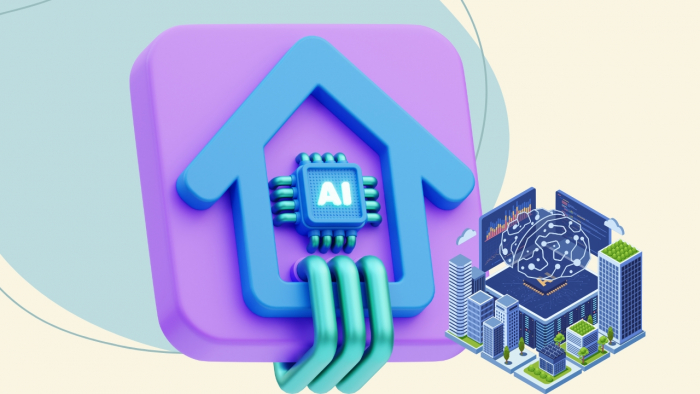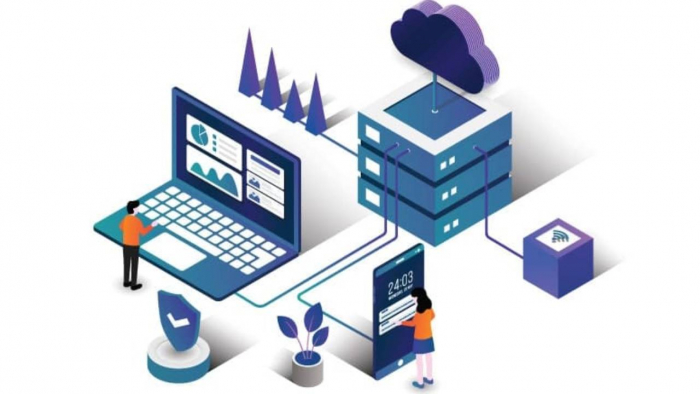Thanks to the latest technologies, almost everything that happens online feels instant. With quick processing times, people can attend live events, chat with voice or video, stream sports as they happen, and play live games. Behind this speed is a technology that ensures data is processed as soon as it’s received.
It guarantees consistent replies that enable time-sensitive applications. For example, in medical monitoring, patients' data can be streamed to doctors in any location instantly, allowing them to respond quickly. Keep reading this article to learn about real-time processing and the top industries that use it daily to deliver services.
What Real-Time Technology Means in the Digital World
Real-time technology refers to the continuous input, processing, and output of data as it’s received. Actions and responses occur almost immediately without a noticeable delay. This allows organizations to make quick decisions. The capability is vital in the current digital world, where everything runs in a fast-paced environment.
Online multiplayer gaming is a good example of instant feedback in action. Participants, especially teams, should be able to communicate when competing. Even a second delay can affect the overall experience because data keeps changing every step of the way. Real-time technology powers smooth and near-instant online processing.

Where We See Real-Time Tech in Action
Real-time technology is almost everywhere, and most people don't notice it. It powers various platforms to ensure fast responses when required. The examples below show how real-time technology reshapes entertainment, learning, and social connection.
Online Games
Online live games synchronize all participating players with real-time technology. Whether a shooter game or an online poker match, instant processing ensures fast communication for immersive gameplay. The speed is essential because even a slight delay can lead to a different outcome.
Live Sports Streaming
Only a few people can witness most sporting events in person. However, with real-time technology, live sports streaming can deliver the events as they happen. Instant processing will connect viewers to every moment of the competition through smooth streaming and instant score updates.
Learning Platforms
Learning management systems have evolved from keeping students' data to administering live classes. Students and teachers can share ideas, follow up on issues, and collaborate without delays. This instant access to learning materials helps replicate the pace of in-person learning from various locations.
Digital Events
Booking halls and hotels for events is now a thing of the past. Digital streaming technologies enable event organizers to plan conferences or webinars online. Speakers can deliver presentations and take live questions while interacting with the audience. This shared experience connects people in different places.
Key Elements That Make Real-Time Technology Work
For real-time data processing to be viable, several pieces must fit together. They include data transfer mechanisms and the design of the interface. Here are some elements that help maintain a seamless online experience.
Low Latency - Latency refers to how long it takes for data to move from the user to the server and back. A low value means the communication is almost instant. For example, a message appears immediately after you hit send, or a video plays without buffering.
User-Friendly Interface - Apart from latency, the design of the interface also matters in Real-time technology. User-friendly platforms respond quickly to voice commands, taps, and clicks. Moreover, they eliminate unnecessary steps to ensure users focus on their actions without getting frustrated by delays or poor navigation.
Security - Instant feedback systems prioritize security in communication. They keep sensitive information safe through data encryption and authentication. These safety measures also help build trust and give users the confidence to share personal information.
Continuous Data Flow - Information is constantly sent, received, and updated on the servers for instant communication. This process should be done with minimal interruption to maintain the link with users. It’s also essential in live dashboards that refresh automatically. In online games, it ensures all players remain in sync and can interact.
Scalability - Like any other service, there are periods of high demand or when the systems need to be scaled up. Most real-time technologies are scalable, allowing thousands of people to join and reallocating resources if necessary. Such flexibility ensures smooth experiences regardless of the number of people.
Why It’s Important for the Future
Real-time technology is increasingly vital in how people experience the digital world. Users are now accustomed to instant responses with interactive features on various platforms. The experience is even better as more technologies merge. Virtual and augmented reality deliver stunning visuals that are indistinguishable from real life.
AI, on the other hand, helps personalize the experience based on individual preferences. Various industries are also being pushed to adopt more reliable systems regardless of the number of users. Those who fail to embrace this change may risk losing relevance. However, sectors already using it are well-positioned to keep their audiences connected.
Post Comment
Be the first to post comment!


